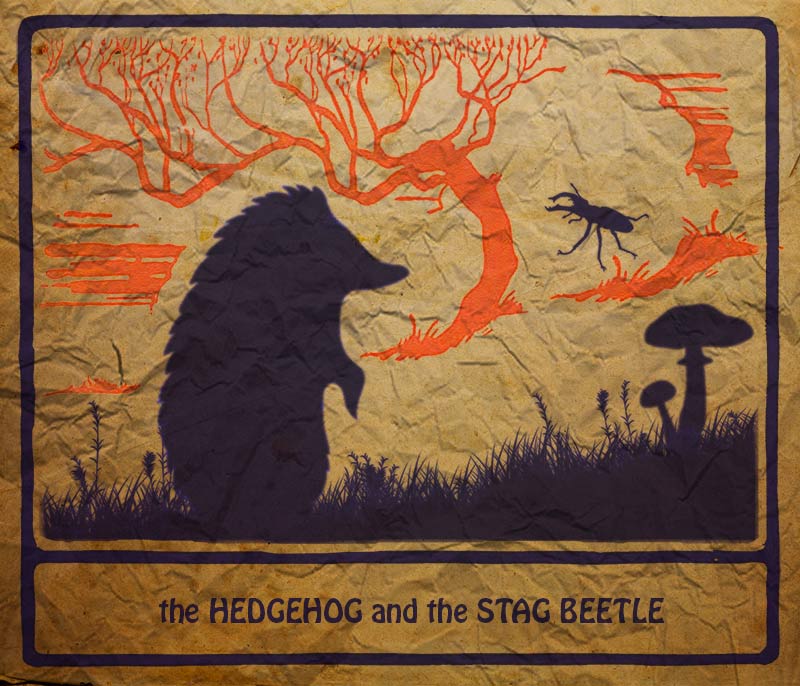Julie Cox, GiGL Data Officer

Whilst not an Aesop’s fable, the tales we tell of these two endearing species in this edition of the GiGLer do teach an important lesson: that there is joy in taking the time to be aware of the wildlife that shares our city, and in telling others what you have seen.
The annual stag beetle survey, which we run with London Wildlife Trust, is one of our longest-running projects. It’s also one of our favourite surveys. Not only are the records a sign that warmer-weather is on its way, but we also receive some fantastic anecdotes on the fascinating lives of these beetles through our Staggering Gains web form. The creation and hosting of web forms is a service we offer to all of our SLA partners. Get in touch if you’d like to create a new survey.
Stag beetles are a surprisingly charismatic species, which has won the heart of many a Londoner, and we thoroughly enjoy our recorders’ insights into the lives of these insect giants. As we do insights from recorders of all species. The tailored GiGL web forms, such as that for submitting species records, are just one way of telling others about the wildlife you’ve seen. Hedgehogs have proved a popular subject for stories from recorders using iRecord; which contributes a lot of species records to the GiGL database, and provides a portal for people to share their enthusiasm for, and love of, the animals they see. The importance of such interactions with nature is highlighted in Maria’s review of the book, The Nature Fix.
Continuing our regular series highlighting the fantastic work of our volunteer recorder community, Mike Robinson shares his personal joy of recording. He shows that it’s not only long-term recorders who can make new discoveries, and that the fun of engaging with the natural world is just as important as the survey results.
It’s not only through wildlife recording that members of the public can help enhance the GiGL datasets, and thereby the quality of the evidence base for decision making in London. Another way Londoners are engaging with the natural world, is by participating in The Freshwater Habitat Trust’s “Clean Water for Wildlife” survey. Individuals and community groups have helped collect around 800 water samples from the Greater London area, which are being used to help identify and protect clean water sites.
We also appreciate help ensuring our open spaces dataset is as complete as possible. Research by The Guardian suggests that there is an increase in the amount of publically accessible open spaces provided by private landowners. Working alongside The Guardian, we’ve created a subset of our open spaces database showing these privately owned public spaces. This is our first open dataset, and one which we hope you’ll help us grow.
Over the winter, GiGL welcomed two new staff members to the team. Emma Knowles, the subject of this edition’s staff interview, joins us as Partnership Officer, to assist in providing services to our service level agreement holders. Claire Stewart, our new Community Officer, is assisting the provision of data, analyses and advice to members of the public and community groups. Claire will be the subject of our next staff interview. One of Emma and Claire’s shared responsibilities is providing data and services to students and researchers. This is an important aspect of our work as a community interest company, and often leads to exciting and novel uses of the GiGL partnership datasets, as Emma and Claire have already discovered.
In May, Chloë, our Partnership Manager, welcomed a beautiful baby boy to the world. While she’s on maternity leave, her work is being covered by Lyndsey and Julie. If you have any queries relating to the GiGL website and Discover-London please get in touch with Lyndsey. For all other Partner requests and questions get in touch with Julie. Examples of services available to partners are showcased in our series of Show & Tell articles. This edition we highlight the production of geology maps for informed analyses.
